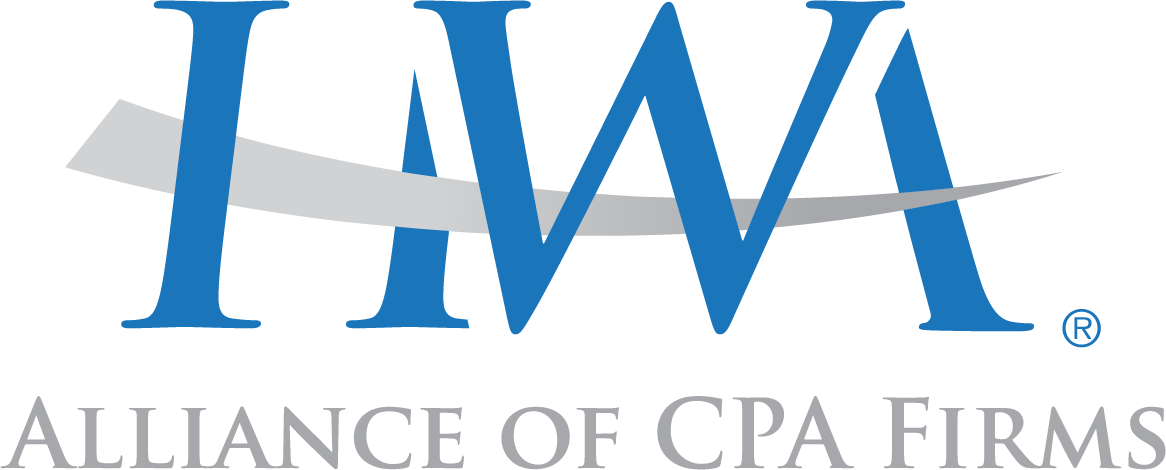Nonprofit Internal Controls: 4 Weak Spots to Fix Before Audit Season

For nonprofits, fall signals more than just events, donor
campaigns, and program reports. It’s also the beginning of audit seasonal time
when financial accountability is under the microscope. Grantors, auditors, and
donors want to see not just accurate numbers, but also strong internal controls
that demonstrate responsible stewardship of funds.
The challenge? Many nonprofits, especially smaller
organizations, unknowingly leave gaps in their financial systems. These weak
spots may seem minor in daily operations but can create major red flags when an
audit begins.
The good news is that with proactive attention, you can
identify and fix these issues before they cause year-end stress. This article
highlights an internal control checklist for nonprofits, the four most common
weak spots that surface during audits, and practical steps to address
them.
Building Confidence Through Strong Internal Controls
At its core, nonprofit financial oversight isn’t just about
compliance, it’s about trust. Internal controls are the invisible guardrails
that protect your mission, your funding, and your reputation. When strong and
consistent, they:
- Reduce risks of fraud and error by creating checks and balances.
- Strengthen donor and grantor confidence by showing funds are handled responsibly.
- Improve transparency for the board, staff, and stakeholders.
- Make audits smoother and less disruptive to your operations.
Think of it this way: every grant application and donor
conversation is strengthened when you can confidently demonstrate that your
financial processes are both reliable and transparent. Controls aren’t just a
safeguard—they’re a credibility builder that sets your nonprofit apart.
1. Segregation of Duties: Too Much Power in One Place
One of the most common weaknesses in nonprofit accounting is
a lack of segregation of duties. When one person has too much control—say,
recording donations, making deposits, and reconciling accounts—it creates
unnecessary risks.
For example, consider a small nonprofit where the same staff
member records donor gifts, deposits checks, and prepares monthly financial
statements. Even if the staff member is completely trustworthy, the lack of
separation creates opportunities for mistakes or discrepancies to go
unnoticed.
Best Practice:
- Split responsibilities wherever possible.
- If staffing is limited, rotate tasks monthly or quarterly.
- Involve a board treasurer or finance committee to review reconciliations.
Even with a lean team, a second set of eyes can provide
meaningful oversight without overcomplicating the process.
2. Expense Approval Gaps: Missing Documentation and
Inconsistent Processes
Auditors often flag expense approval weaknesses—missing
receipts, vague descriptions, or approvals signed after a payment is already
processed. These gaps not only make it difficult to demonstrate compliance but
also raise questions about fiscal discipline.
Imagine applying for a grant renewal where the funder
requests documentation of program-related expenses, but your expense files are
incomplete. Even small oversights like an unsigned form can damage
credibility.
Best Practice:
- Create a clear, written expense policy.
- Require receipts and approval before payments are processed.
- Use digital expense management tools to automate approvals and store receipts securely.
A consistent, transparent process not only satisfies auditors
but also builds accountability across the organization.
3. Reconciliation Delays: Errors That Snowball Over Time
Skipping or delaying reconciliations is one of the biggest
red flags in a nonprofit internal control review. Without regular
reconciliations, errors such as duplicate entries, missed deposits, or
unauthorized transactions can go undetected for months.
For instance, one nonprofit discovered during an audit that a
restricted donation had been coded incorrectly in the general ledger six months
earlier. Because reconciliations weren’t done promptly, the error snowballed,
requiring hours of work to untangle—and creating tension with the grantor who
funded the project.
Best Practice:
- Establish a monthly reconciliation checklist for all accounts: bank, credit card, and restricted funds.
- Assign responsibility with clear deadlines and require leadership or board review of completed reconciliations.
- Address discrepancies immediately rather than rolling them forward.
Consistent reconciliations not only prepare you for audit
season but also give leadership accurate, timely financial data for
decision-making.
4. Technology & Access Risks: Too Many Doors Left Open
As nonprofits adopt more digital accounting and donor
management systems, user access controls often get overlooked. It’s not unusual
to find former employees with active system logins or staff members with full
administrative permissions they don’t need.
This creates risks both for errors and for fraud. For
example, if an intern or junior staffer has unrestricted access to the
accounting system, they could unintentionally (or intentionally) alter
sensitive records.
Best Practice:
- Conduct a user access review at least annually—and ideally before audit season.
- Remove outdated accounts immediately after staff transitions.
- Limit system access based on role and enforce two-factor authentication for all users.
Strong digital controls are just as important as financial
policies on paper.
Why Fixing Internal Control Weak Spots Matters Now
Addressing weak spots in nonprofit internal controls isn’t
just about making an auditor happy, it’s about protecting your mission.
Nonprofits rely on donor trust, grant compliance, and financial stability to
operate effectively. Weak controls can erode all three.
By investing the time now to strengthen controls, you:
- Enter audit season with fewer surprises.
- Save staff time and reduce last-minute stress.
- Present a stronger case for future grants and donor funding.
- Protect your organization’s reputation and sustainability.
Strengthening Internal Controls = Year-End Success
Strengthening your nonprofit’s internal controls is one of
the smartest steps you can take before year-end. It reduces audit stress,
improves financial oversight, and builds the kind of trust that donors and
funders look for.
At HWA Alliance of CPA Firms, Inc., we specialize in
helping nonprofits like yours close internal control gaps, reduce audit stress,
and build systems that protect both funding and mission impact.
With over 80% of our engagements supporting nonprofits funded
by federal, state, and local sources, we understand the high level of
accountability you face—and the importance of being audit-ready
year-round.
Here’s how we can help you prepare before audit season:
- Review and strengthen your internal control framework
- Identify weak spots before they become red flags
- Improve compliance processes for grants and donor restrictions
- Equip your team with practical, sustainable financial oversight strategies
Ready to eliminate weak spots before audit season? Contact HWAA today to schedule your
internal control review and start the year-end process with confidence.

